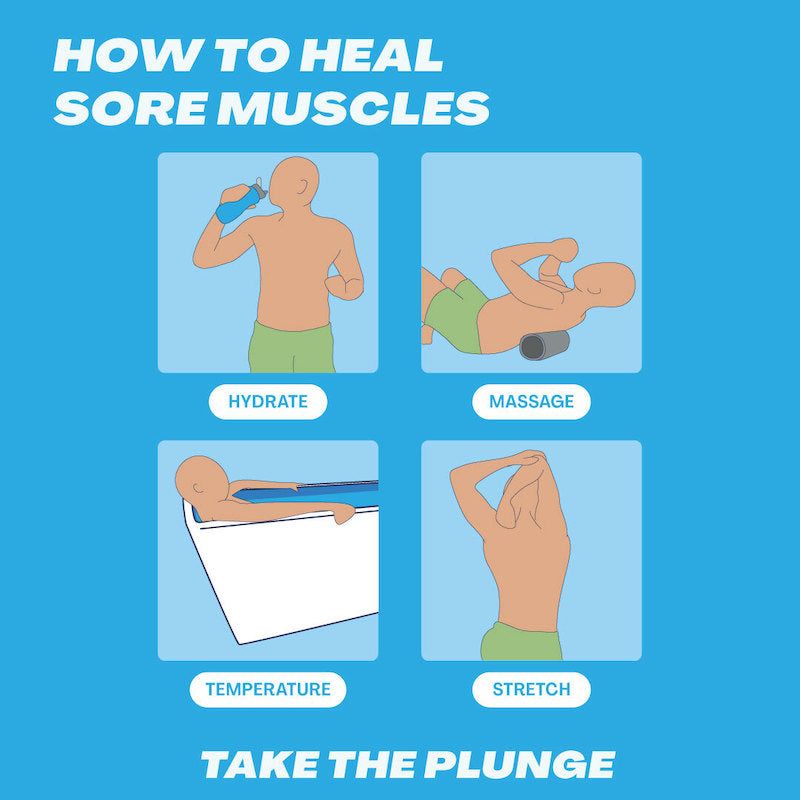Whether you’re an athlete, a fitness enthusiast, or just someone looking to improve their overall health and wellness, muscle recovery is crucial for maximizing performance and preventing injuries. In this article, we’ll discuss some of the best recovery techniques for faster muscle healing.
1. Rest and Sleep
One of the most important factors in muscle recovery is rest and sleep. When you push your muscles to their limits during workouts, they need time to repair and rebuild. Make sure to give your muscles at least 48 hours to recover before working out the same muscle group again. Quality sleep is also essential for muscle recovery, as this is when your body releases growth hormones that help repair and build muscle tissue.
2. Proper Nutrition
Eating a diet rich in protein, complex carbohydrates, and healthy fats is key to supporting muscle recovery. Protein helps repair and rebuild muscle tissue, while carbohydrates provide energy for workouts and replenish glycogen stores. Make sure to also stay hydrated by drinking plenty of water throughout the day to aid in muscle recovery.
3. Active Recovery
Engaging in low-intensity activities such as cycling, swimming, or yoga can help promote blood flow to your muscles, which can aid in the removal of waste products and promote healing. Active recovery can also help reduce muscle soreness and stiffness, allowing you to get back to your regular workouts sooner.
4. Foam Rolling and Stretching
Foam rolling and stretching are effective techniques for relieving muscle tightness and improving flexibility. Foam rolling helps break up adhesions in the muscle tissue, while stretching helps lengthen and relax the muscles. Incorporating foam rolling and stretching into your post-workout routine can help speed up muscle recovery and prevent injuries.
5. Ice Baths and Compression Therapy
Cold therapy, such as ice baths or cold showers, can help reduce inflammation and muscle soreness post-workout. Compression therapy, using compression sleeves or garments, can also help improve blood flow and reduce swelling in the muscles. Both ice baths and compression therapy can be effective recovery techniques for faster muscle healing.
6. Massage Therapy
Regular massages can help promote circulation, reduce muscle tension, and improve flexibility, all of which can aid in muscle recovery. Deep tissue massages, sports massages, or myofascial release techniques can target specific areas of tightness and help speed up the healing process. Consider incorporating regular massages into your recovery routine for optimal muscle recovery.
7. Mind-Body Techniques
Incorporating mind-body techniques such as meditation, deep breathing exercises, or visualization can help reduce stress and promote relaxation, which can aid in muscle recovery. Stress and anxiety can hinder the body’s ability to repair and rebuild muscle tissue, so finding ways to relax and unwind can be beneficial for faster muscle healing.
Conclusion
When it comes to muscle recovery, it’s important to listen to your body and give it the time and resources it needs to heal. By incorporating a combination of rest, proper nutrition, active recovery, foam rolling, ice baths, massage therapy, and mind-body techniques into your routine, you can optimize muscle recovery and get back to your workouts feeling stronger and more energized than ever.
Remember, muscle recovery is just as important as the workout itself, so make sure to prioritize your recovery to maximize your performance and prevent injuries in the long run.


